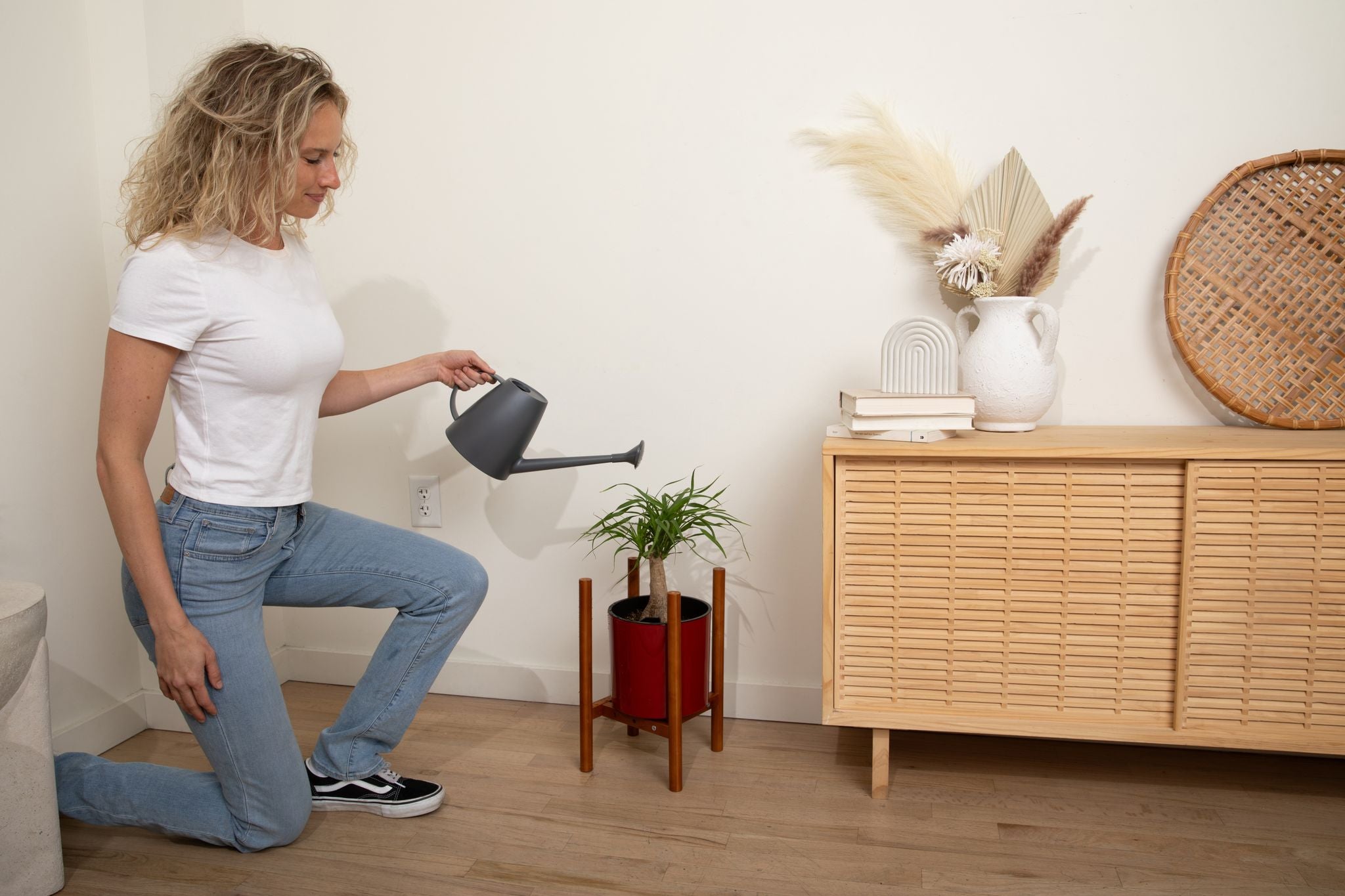Orchid Identification
What Kind of Orchid Do I Have?
This pictorial shows examples of orchids and identifies the type of orchid. You can use this guide when repotting an orchid that has no label and if you are unsure which genera it is. The following orchids are commonly sold in nurseries, groceries and box stores and are sometimes sold with no label other than simply "orchid".
The most common orchids found for sale are Phalaenopsis, Dendrobium and Oncidium.
Brassavola
The "lady of the night" orchid, so named for its delightful fragrance in the evening is a wonderful addition to any orchid collection. It has stout terete leaves which emerge along a central rhizome. From the new growth comes elegant white flowers in early winter. When the sun goes down, the fragrance emerges to fill the entire room. Brassavola can be grown on an orchid mount or in a pot. Gallery Photo

